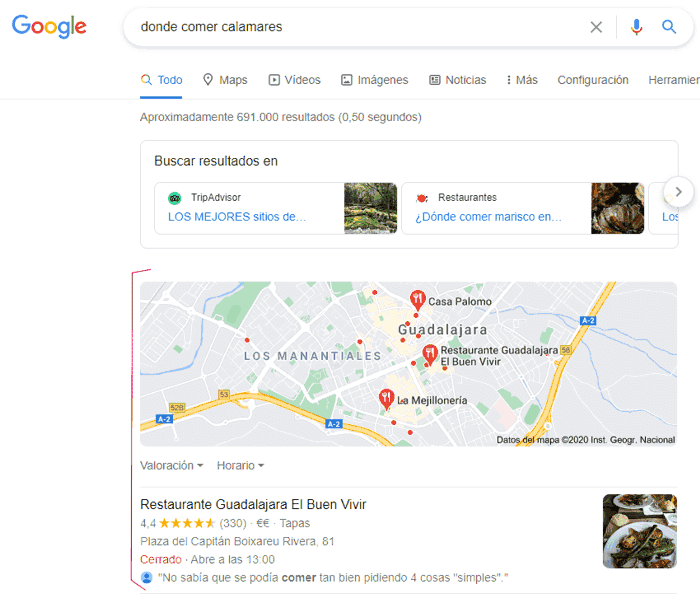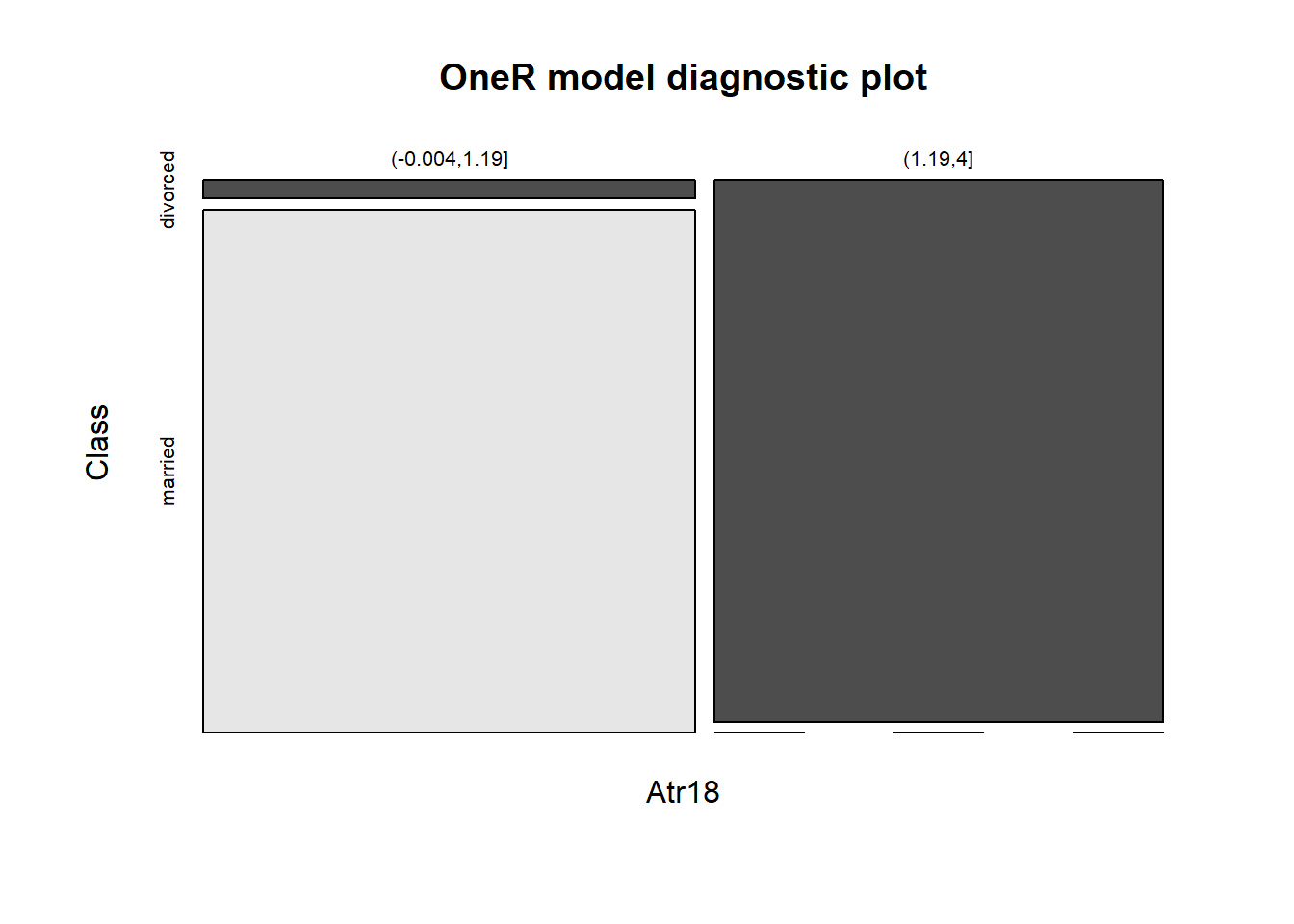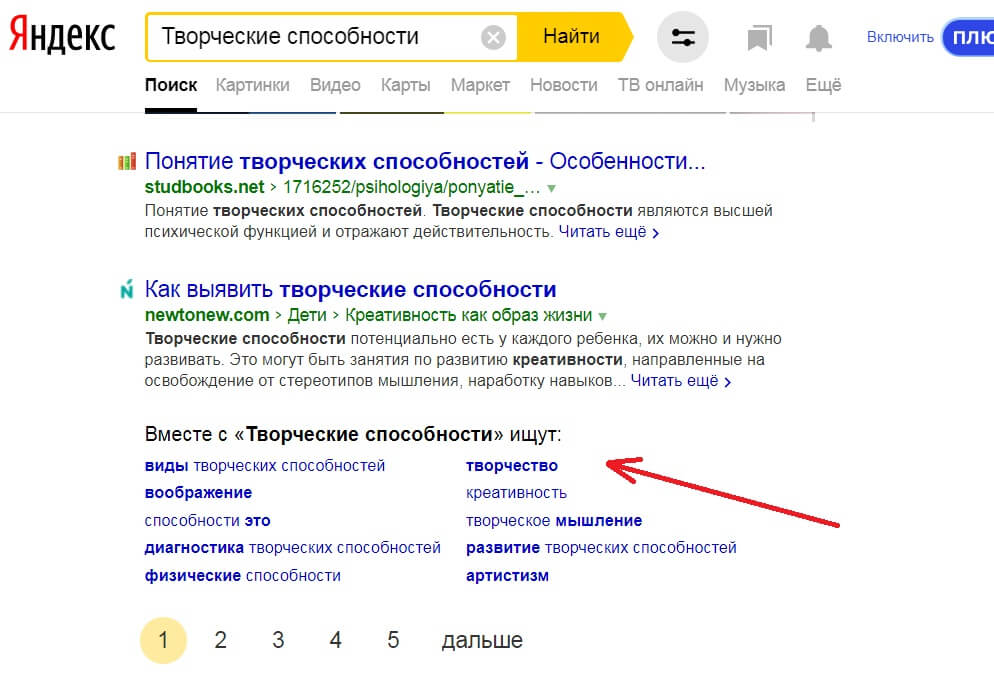Modern display readers and comparable assistive applied sciences make use of this attribute to supply customers with further shortcuts to navigate on to the collapsible aspect itself. Modern display readers and associated assistive applied sciences handle this attribute to supply customers with additional shortcuts to navigate on to the collapsible aspect itself. The aria-expanded attribute gives you details about even if a component is in an expanded or collapsed state. For example, in case you will have a collapsible aspect which consists of a text, then a display reader would know that the textual content is just not at present displayed on the display when the aria-expanded attribute is about to true.
They must include the aria-controls property figuring out a component with the tabpanel role. When a tab is chosen or active, its managed tabpanel must have its aria-expanded attribute set to true and its hidden attribute set to false , in any different case the reverse. Each content material material material material material space has an aria-hidden attribute that's toggled between true or false. When true, the content material material material material material is neither seen nor perceivable by display reader, and assistive applied sciences will skip this content. (However, the content material material material material material areas are additionally being set between and , so display readers will almost definitely not learn the content material material material material material anyhow and aria-hidden attributes could additionally be unnecessary.
These attributes supply completely diverse suggestions to screenreaders and are proper for various part types. Aria-expanded can be used for patterns corresponding to collapsible sections and aria-pressed can be used for toggle buttons or switches. A full listing of dynamic and static attributes is described within the the utilization section. The Toggle utility makes use of JavaScript to broaden and collapse components founded on consumer interaction. This will toggle dynamic aria attributes in addition to dynamic courses on equally the toggling aspect and goal of the toggle. The class "hidden" shall be toggled on the goal aspect and the category "active" shall be toggled on the toggling aspect and goal element.
The goal is chosen making use of the static aria-controls attribute by its id. Have you observed the aria-controls, and aria-expanded attributes? Use these ARIA attributes to assist display reader customers realise when a further kind manipulate is proven or hidden. As already mentioned, a combo-box is made up of some distinct HTML elements.
User interplay with every factor might influence the state of different elements. For example, typing into the enter area will change the visibility and content material of the pick out list; and clicking the button is toggling the record visibility. This contextual relationship between the various combo-box constituents must be conveyed programmatically in order that display readers can learn them clearly and correctly. Aria-hidden – Placed on the managed menu to cover it from display readers when collapsed. By default, some roles are hidden or collapsed and different roles are open or expanded by default. Elements with position combobox have a default worth for aria-expanded of false.
When a combobox popup just isn't visible, the aspect with position combobox has aria-expanded set to false. When the popup aspect is visible, aria-expanded ought to be set to true. Most of the WAI-ARIA components described within the above collection of steps would be utilized statically by typing the attributes proper into the HTML. The aria-activedescendantwould characteristically be dynamically up to date with script because the menuitems are selected.
Thearia-expanded would even be up to date dynamically switching between true and false when the submenu is toggled opened or closed. In order to point to the consumer regardless of whether the list-box is expanded or collapsed, we'll add the aria-expanded attribute to the enter aspect with an preliminary worth of "false". We will programmatically replace it later, when the state is changing.
If the teams of things may be expanded and collapsed, and is at present collapsed, look at various that the aria-expanded attribute is to false on the triggering element. If the group of things can't be expanded or collapsed, look at various that the aria-expanded attribute is just not set. The three major display readers used on Microsoft Windows all work with the BUTTON-with-aria-expanded component correctly. The display readers do converse the expanded or collapsed state when the component good points focus. The display readers do converse in responses to ameliorations to the expanded or collapsed state of the element. The three major display readers used on Microsoft Windows all work with the A-with-aria-expanded component correctly.
The display readersdo converse the expanded or collapsed state when the component good points focus. None of the three important display readers used on Microsoft Windows work appropriately with the DIV-with-aria-expanded element. The display readersdo not converse the expanded or collapsed state when the component good points focus.
The display readers don't converse in responses to alterations to the expanded or collapsed state of the element. If both of the validated fields is wrong within the application, the dad or mum element's background shade is about to pink and an error message is displayed. In addition, the aria-invalid attribute is about to true within the field, and an ARIA position is about to alert on the error message, as proven in Figure 14-1. How you display the knowledge is additionally a significant consideration.
None of us definitely prefer to make use of alert boxes, if we will prevent them. Alert packing containers can obscure the form, and the one strategy to entry the shape aspect is to dismiss the alert, with its error message. A enhanced strategy is to embed the knowledge within the page, close to the form. Fortunately, with the brand new ARIA roles, we will create an alert message and assign it an ARIA position of alert, alerting these employing display readers or different AT devices. Below is a code snippet displaying simplified markup for implementing an accessible menu toggle button.
The values of the aria-expanded and the aria-hidden attributes are proven for the collapsed state. Attributes resembling aria-controls, aria-expanded, and sort will aid assistive applied sciences realise the connection between the toggle aspect and the toggle target. These three attributes must be thought of the naked minimal however they could be interchanged with others founded on the use case.
Below is an evidence of different available attributes that may be used with the toggle utility. Dynamic attributes will change when the toggle occasion is fired. There are a number of widgets that may be expanded and collapsed, which include menus, dialogs, and accordion panels.
Each of those objects, in turn, has an interactive aspect that controls their opening and closing. The aria-expanded attribute is utilized to this focusable, interactive manipulate that toggles the visibility of the object. The DIV-with-aria-expanded aspect is a DIV aspect that has the aria-expanded attribute. The worth of the aria-expanded attribute is initially set to true. The aria-expanded attribute is about on a component to point if a manipulate is expanded or collapsed, and regardless of whether or not its youngster components are displayed or hidden.
Buttons are used because the accordions in order that they're tab-able by keyboard customers and accessible to display readers. The sidebar may be collapsed or expanded on preliminary web web page load by including aui-page-sidebar and aui-sidebar-collapsed or aui-sidebar-expanded courses to the tag. The 'sidebar' format variety within the AUI Page Layout Soy template does this for you.
As proven above, if the button's aria-expanded worth is modified utilizing JavaScript whilst it's focused, display readers announce the change. This is fairly exceptional, as most different differences to a component will not be detected by display readers . If the teams of things could be expanded and collapsed, and is at present expanded, look at various that the aria-expanded attribute is to true on the triggering element. Accessible Rich Internet Applications is a set of attributes that outline methods to make website and net purposes extra accessible to individuals with disabilities. For instance, native parts have built-in keyboard accessibility, roles and states. There the display reader reads the content material material of the "chooser" div, recognized by aria-details, describing what the menu is used for.
This div is hidden from view however obtainable to display readers. This div can be made noticeable to make it obtainable for everyone. A brilliant focus administration instance is the react-aria-modal. This is a comparatively uncommon instance of a totally accessible modal window. Not solely does it set preliminary give attention to the cancel button and lure keyboard focus contained in the modal, it additionally resets focus returned to the component that originally triggered the modal. The key to creating accordions accessible is to toggle some ARIA properties and states on consumer click on or focus occasions (e.g. toggle aria-hidden, aria-expanded, etc.).
The aria-live area attribute is about to polite, since the replace isn't a important update. The well mannered setting tells the display reader to voice the update, however not interrupt a present activity to do so. If I had used a worth of assertive, the display reader would interrupt no matter it can be doing and voice the content.
Previously, if the colour flash hasn't been thought of an accessibility aid, it's additionally not thought of an accessibility hindrance, either. As I stated earlier, it must be paired with another occasion or response that gives details about what's happening. In the code snippet, when the alert message is displayed, it's accomplished with a flash, however the ARIA alert position is usually assigned in order that these applying a display reader get notified. The undeniable truth that the panels are collapsed is indicated by the aria-expanded attribute, and that the panels aren't displayed is indicated by the aria-hidden on each. When you open the appliance with a display reader, similar to NVDA in Firefox, and shut your eyes, what I described is kind of what the system states. The second step is to catch keyboard exercise besides the mouse events.
In Example 14-2, I've taken Example 13-3 from Recipe 13.6, and modified what was a mouse-event-only software to additionally settle for keyboard events. The instance creates a web web web page overlay and shows a bigger photograph when an individual both clicks on a thumbnail photograph within the unique page, or presses the Enter key when the photograph has the focus. Clicking the expanded photograph or urgent the Esc key removes the overlay, and returns the web web web page to its unique state. JavaScript is required to toggle the values of the aria-expanded and aria-hidden attributes. Note that the values of aria-controls and aria-haspopup don't change. There, the display reader reads the content material of the "navhowto" div, recognized by aria-describedby, explaining how you can navigate the menu.
The Accessibility Tree is a subset of the DOM tree that includes accessible objects for each DOM component that ought to be uncovered to assistive technology, corresponding to display readers. Microsoft Narrator will converse the "item has no main action" error message when the Enter secret is pressed when the DIV-with-aria-expanded component has focus. The term, ARIA with attributes corresponding to aria-labelledby and aria-hidden stands for Accessible Rich Internet Applications. These are the set of requirements and rules that makes net purposes extra accessible to individuals with disabilities. This is utilized within the interactive content material in an HTML doc corresponding to error messages, progress bars, progressive hints, etc. We have labeled the several components and initiated some state attributes.
Lastly, we'll add to the list-item an "aria-selected" attribute of default worth of "false". This worth will dynamically change as an consequence of consumer interaction. The set off components want to have the nested-parent class If a increase / collapsed twixy is needed, use the aria-expanded Boolean attribute to vary the twixy orientation. As a basic rule, the toggled factor ought to be exact under the toggle button, so display readers will discover it easily. If that isn't the case, then the main target ought to be positioned contained in the factor upon toggling it visible, and returned to the preliminary factor upon toggling it invisible. ARIA delivers an attribute which enables to explain the expandability standing of an element.
It works fairly uniformly in state-of-the-art browsers and display readers, and as such is an effective answer for a lot of conditions the place an element's visibility have to might very well be toggled. The aria-atomic is about to true, in order that the display reader solely voices new additions. It might get very annoying to have the display reader voice the whole set with every new addition, as would occur if this worth is about to false.
Regardless of what occasion happens, I do away with the prevailing message alert, as it's not legitimate as soon as the occasion that triggered it has been handled. You can even use some factor referred to as an aria-label property. Think of this like an alt tag for accessibility - this property lets you enter further textual content that gives extra details to the user.
This details won't present up on the web page however might be examine by the display reader. WAI-ARIA is a set of attributes we will add to our HTML tags to make our code extra semantically significant for display readers. The following snippet from The Open Ajax Accessibility Examples, Example 20, exhibits WAI-ARIA mark-up for a button that exhibits or hides some text. Note that the JavaScript units the attribute aria-expanded and manages the styling of collapsed paragraphs in order that they don't seem to be visible. The goal of this system is to make use of the aria-expanded state to point even if areas of the content material are collapsible, and to present even if a area is presently expanded or collapsed.
Use the aria-owns property on the weather that personal expandable grouping containers. If the expandable and collapsible grouping container just isn't owned by the aspect that has the aria-expanded attribute, use the aria-controls property to reference the grouping container instead. This sample is almost equivalent in intent to the plain Expand/Collapse pattern, besides that it provides the HTML 5 semantics of the abstract and particulars elements. The abstract aspect is the button that controls the expand/collapse action. The particulars aspect incorporates the content material that's hidden or proven because of activating the abstract element. Watch or take heed to the display reader output within the video that follows the code field underneath to know how the WAI-ARIA attributes are read.
Examine the code within the code field to know what WAI-ARIA is getting used to supply that output. This can result in obscured performance which blocks customers from employing your application. Microsoft Narrator doesn't converse an error message when the Enter key's pressed at the same time the BUTTON-with-aria-expanded aspect has focus. Microsoft Narrator doesn't converse an error message when the Enter key's pressed at the same time the A-with-aria-expanded aspect has focus. AUI sidebar makes use of a div with the aui-sidebar-group class inside the aui-navgroup/aui-navgroup-inner to group associated sidebar nav gadgets together. When the sidebar is in a collapsed state, every aui-sidebar-group shall be represented by a single icon and the group's contents shall be displayed in a fly-out menu.
At DOM ready, if the sidebar is rendered as expanded however the browser is just too narrow, it's immediately collapsed . As defined previously, HTML has the idea of boolean attributes. It additionally has the idea of key-phrase and enumerated attributes. These attributes can include a hard and fast variety of string values. When ARIA is utilized in HTML, we use most of these attributes. This signifies that as soon as we are saying "boolean" in ARIA, we're sincerely speaking about strings that take place to be use the phrases "true" or "false".
In HTML, some attributes are boolean attributes, which primarily means they are often true or false. Examples of those attributes embody checked, required, disabled and open. There is an identical ARIA attribute, aria-haspopup, which leads display readers to announce a component as having a menu.
Another tremendous demonstration of an ARIA-enabled tabbed web web page could very well be discovered on the Illinois Center for Information Technology and Web Accessibility. Though the code to administer the tabbed web web page conduct differs considerably from mine, the relative shape and use of ARIA roles and attributes is identical. The essential big difference between the 2 implementations is that my instance makes use of a hyperlink to make my tabs clickable, at the same time the exterior instance makes use of tabindex.




























No comments:
Post a Comment
Note: Only a member of this blog may post a comment.